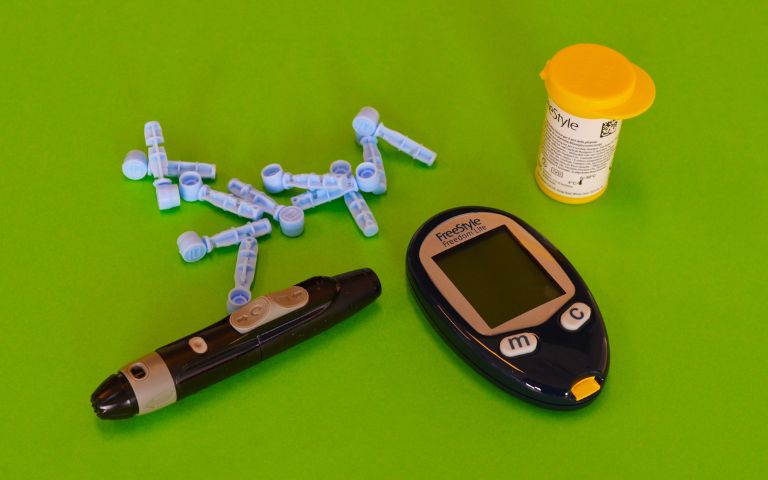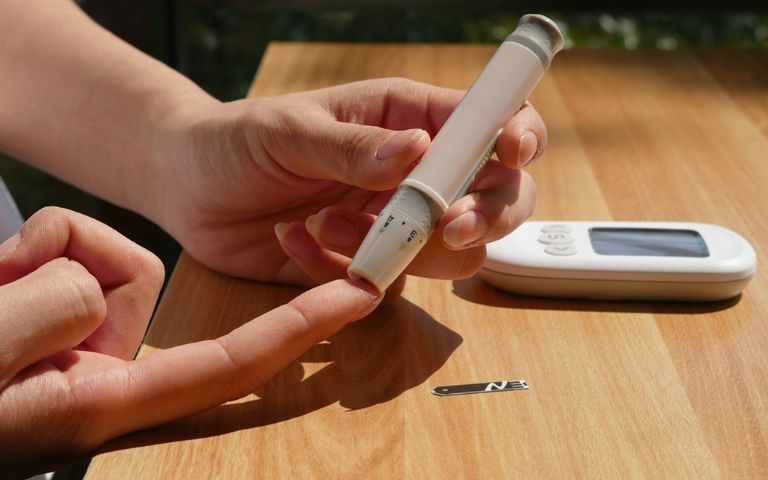Diabetes – Can It Be Prevented? How Is Treated?
Our bodies cells and organs need energy in order to perform various functions. Although many tissues use fat or proteins as a source of energy, some organs such as the brain and red blood cells rely on glucose for energy needs. A hormone called insulin, produced by the beta cells of the pancreas helps to convert blood sugar into usable energy, it also helps to control blood sugar levels and keep them in the normal range. Sometimes the pancreas is unable to produce enough or any insulin or fails to use insulin well, this results in an increase in the blood glucose (sugar) levels.

What is Diabetes?
Medically termed “diabetes mellitus” or simply DM is a metabolic disorder in which the body is unable to properly store, process, and use sugar. This can lead to an increase in the sugar levels in our blood. Increased levels of sugar (glucose) in the blood can lead to serious health complications including but not limited to heart diseases, kidney failure, blindness, and lower-extremity amputations.
Types
Diabetes is the epidemic of the 21st century and a challenging problem for public health worldwide. It is estimated that roughly 1.7 million Australians suffer from this chronic disorder, and a further 2 million are at a high risk of developing it in the coming years. As per the data shared by the World Health Organization, it will be the seventh leading cause of death by 2030. Despite all the dangers associated with it, many are still living with outdated assumptions about what it is, what the different types are, what the differences between Type 1 and Type 2 is, what are the causes and its risk factors.
Type 1 & 2 – What is the Difference between the two
Type 1
Type 1 diabetes aka juvenile onset or insulin-dependent is an autoimmune disease in which the immune system starts to destroy the pancreas – the insulin-producing gland. Since the body is unable to produce its own insulin, people suffering from Type 1 may have to use multiple insulin injections or a continuous infusion of insulin throughout the day in order to keep the blood sugar at normal levels. Although type 1 can occur at any age, children, teenagers, and young adults are the ones most affected by this type. Type 1 accounts for 10% of all people with diabetes in Australia. Unfortunately, there is no cure or means of preventing this type, it can only be managed through lifestyle medicine treatment process.
Type 2
Type 2 aka adult-onset or non-insulin is the most common type and accounts for more than 80% of all diagnosed cases in Australia. People suffering from this type do produce insulin, but the cells in the body do not respond to it the way they used to or become resistant to the body’s own insulin. Type 2 is generally diagnosed after the age of 40, but it can also occur in childhood. If diagnosed early, type 2 can be effectively controlled or managed through a healthy diet, weight loss, and physical activity.

What Causes It
The underlying causes of type 1, type 2, and gestational diabetes are different, and despite popular belief, none of them is caused directly by eating too much sugar.
Causes of type 1:
- autoimmune destruction of beta cells
- damage or removal of the pancreas
- endocrine disease
- unfavorable environmental factors
- viruses and infections
- hereditary predisposition
- autoimmune disease
- drugs and toxic chemicals
Causes of type 2:
- genetics
- sedentary lifestyle
- biochemical/hormonal imbalances
- cellular starvation
- hyperglycemia
- high blood pressure
- toxicity
- insulin resistance
Prevention and Treatment
Prevention
Many studies suggest that a good diet accompanied with increased physical activity and other healthy lifestyle changes such as losing weight, quitting smoking, and limiting alcohol intake can dramatically reduce the progression of type-2 and may control type-1 diabetes. In addition to this, certain oral anti-diabetes drugs may also help prevent the development of type-2 diabetes in prediabetes individuals. Secondary prevention involves early identification of people with type-2 diabetes and offering support to make necessary lifestyle changes as well as following an effective treatment plan for both type-1 and type-2 diabetes in order to stop costly diabetes complications.
How Is Diabetes Treated
The key to leading a healthy life and reducing the risk of developing complications from diabetes is to seek the best possible treatment available. A number of treatment options are available to help you manage or treat diabetes. The treatment will vary depending on the type of diabetes, the age, lifestyle, and your individual needs.
Treatment Options for Type-1 Diabetes:
- multiple daily injections (MDI)
- insulin pump therapy
- incretin mimetics
- islet cell transplant
Treatment Options for Type-2 Diabetes
- Tablets and medications
- weight loss surgery
- healthy diet and exercise
